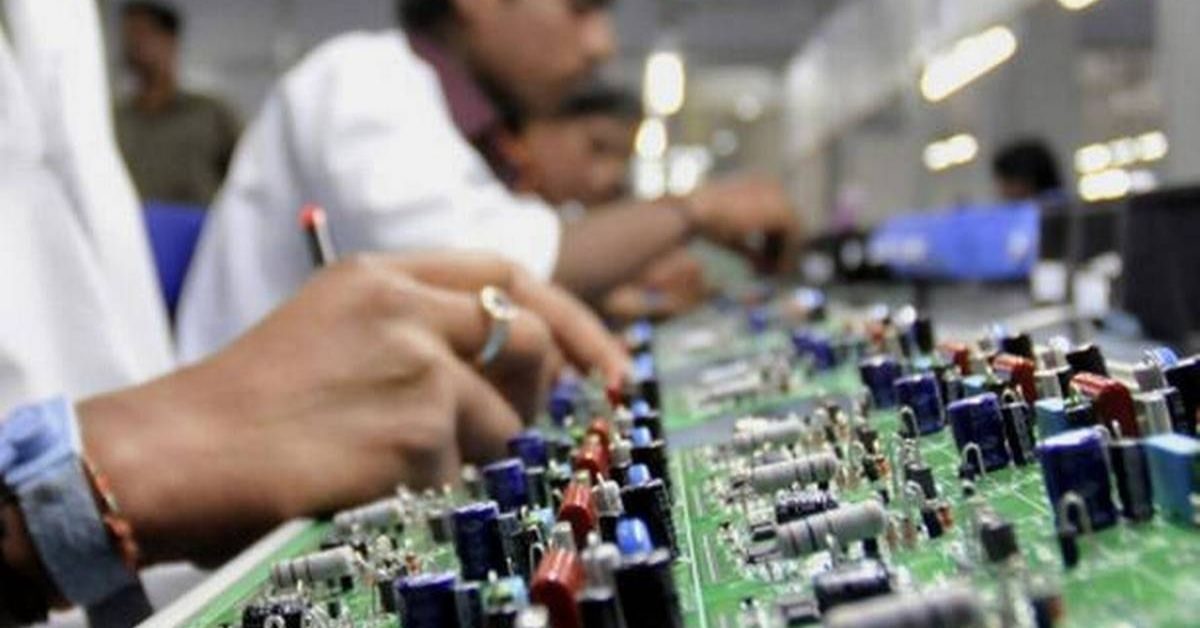New Delhi: The government’s Rs 18,000 crore incentive scheme for advanced chemical cell (ACC) battery production is the first major push to build capacity in core component technology, and will make India a global hub of clean energy, electronics makers say.
The PLI will also cut import dependence on China and increase local value addition in mobiles, electronics, automobile (EV) and the solar industry, the India Cellular and Electronics Association (ICEA) said in a statement Saturday.
ACC batteries are the new generation of advanced storage technologies which store electric energy as electrochemical and convert it back to electric energy as and when required.
The goverment expects the scheme to attract an investment of Rs 45,000 crore and achieve a manufacturing capacity of 50 Giga Watt Hour (GWh) of ACC and 5 GWh of “Niche” ACC.
“Apart from this, we strongly need to work on securing the raw material supplies for these core technologies specially Lithium and Cobalt,” said Pankaj Mohindroo, chairman, ICEA which represents India’s largest electronics makers like Apple, Motorola, Nokia, Foxconn, Wistron, Flextronics, Lava, Vivo etc.
He said that India’s import burden of Rs 20,000 crore will turn into a big opportunity to make the country a major hub in producing clean energy.
“Vigorous efforts to extend the value chain both ways i.e till end products and back integration to materials have to be made,” he said.
Currently, all the demand for the ACCs is being met through imports in India. ICEA forecasts that the total market for Li-ion batteries in India is set to reach 135 GWh by 2025. Of this 100 GWh will cater to EVs and solar products alone while mobile phones and power banks will consume another 18 GWh.
Source : Economic Times







